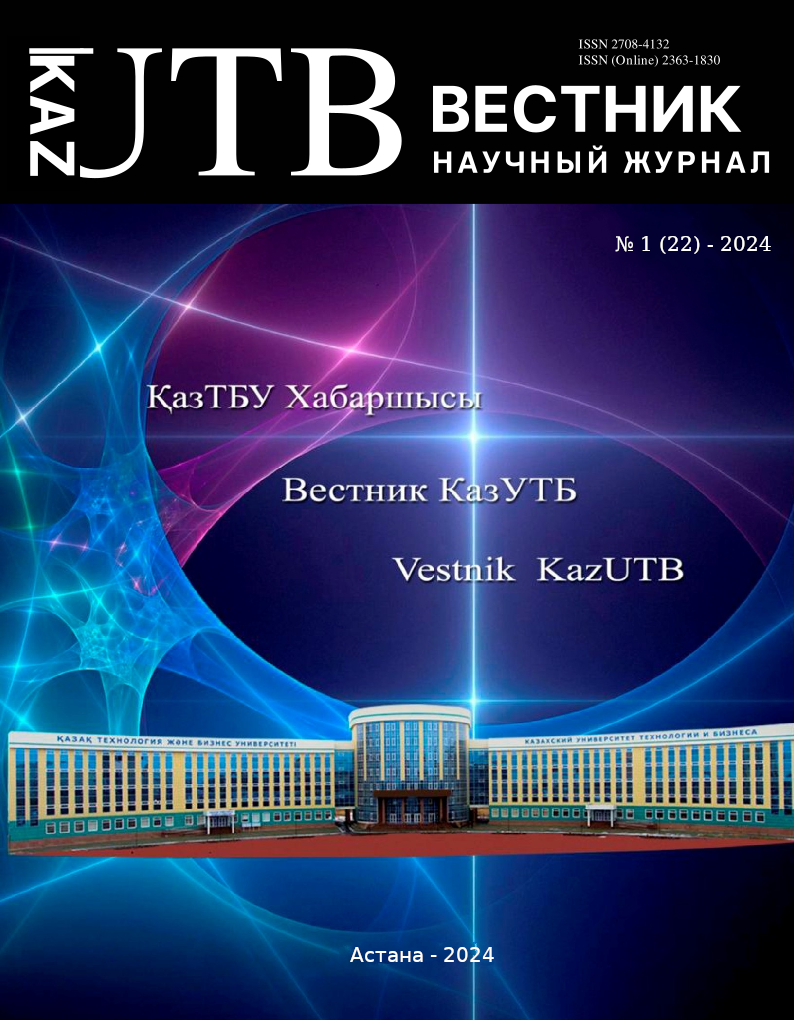Меню


Information and communication and chemical technologies
No. 1 (22) - 2024 / 2024-03-31 / Number of views: 132
PROCESSING OF COPPER ELECTROLYTE FOR ZINC-CONTAINING PRODUCT: ail.ru
Authors
Keywords
Key words: copper electrolyte, E-pH diagram, arsenic, barium oxide, barium arsenate, depuration, zinc oxide, copper, nickel, zinc, membrane electrolysis, alloys
Link to DOI:
How to quote
Abstract
Abstract. Waste solutions from the electrolytic production of copper contain significant amounts of copper and nickel sulfates, sulfuric acid, arsenic and other components of the copper electrolyte. The processing of such solutions is considered in this work not only from the point of view of environmental protection, but also in terms of extracting various valuable components from the electrolyte into commercial products. A thermodynamic analysis of the interactions between barium and arsenic, as well as their compounds in the Ba(AsO2)2-Ba3(AsO4)2-H2O system was carried out based on the E-pH diagram. The possibility of using barium compounds as a precipitant for arsenic from copper electrorefining solutions has been demonstrated. The efficiency of removing arsenic (more than 84%) from the electrolyte using barium oxide in the form of sparingly soluble barium arsenate has been established. By adding calculated amounts of zinc oxide into the working solution, it is possible to form solutions containing certain concentrations of Cu, Ni, and Zn. By further adding zinc oxide into the solution, its deep dehydration was achieved. The resulting copper-nickel-zinc and nickel-zinc solutions are the raw material for producing non-ferrous metal alloys using the electromembrane method.



